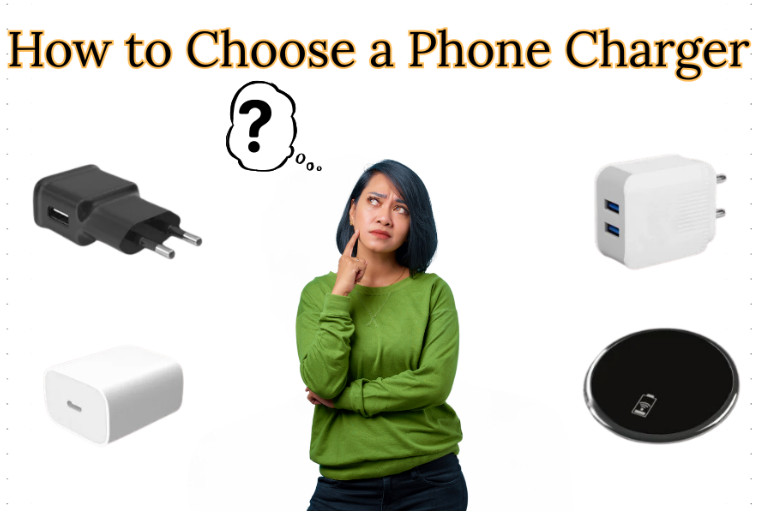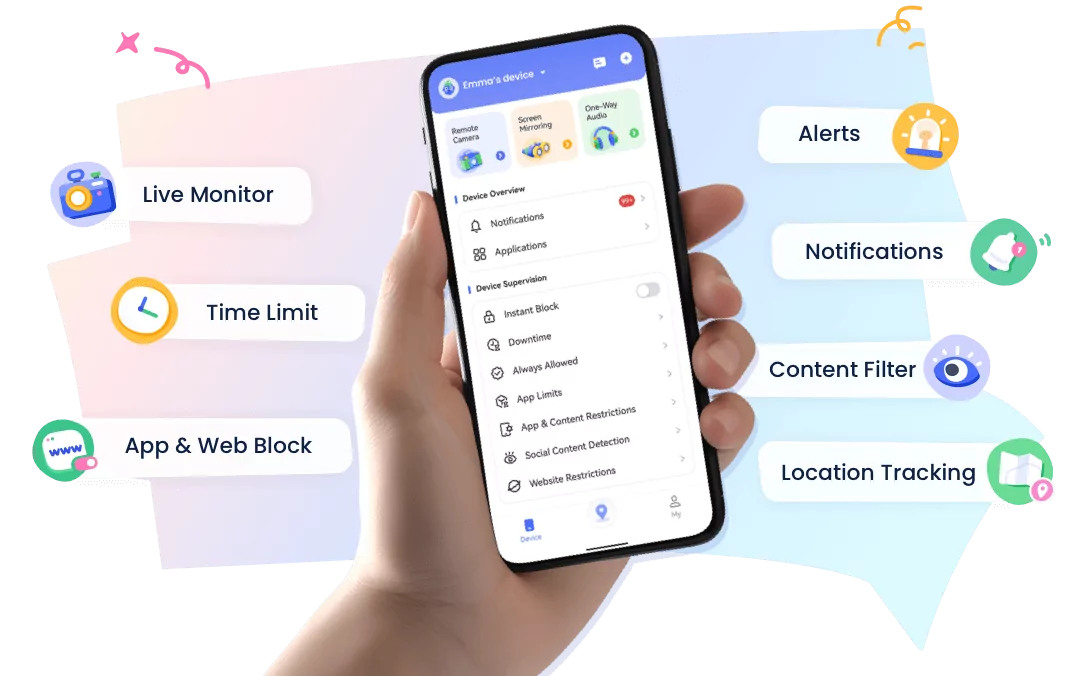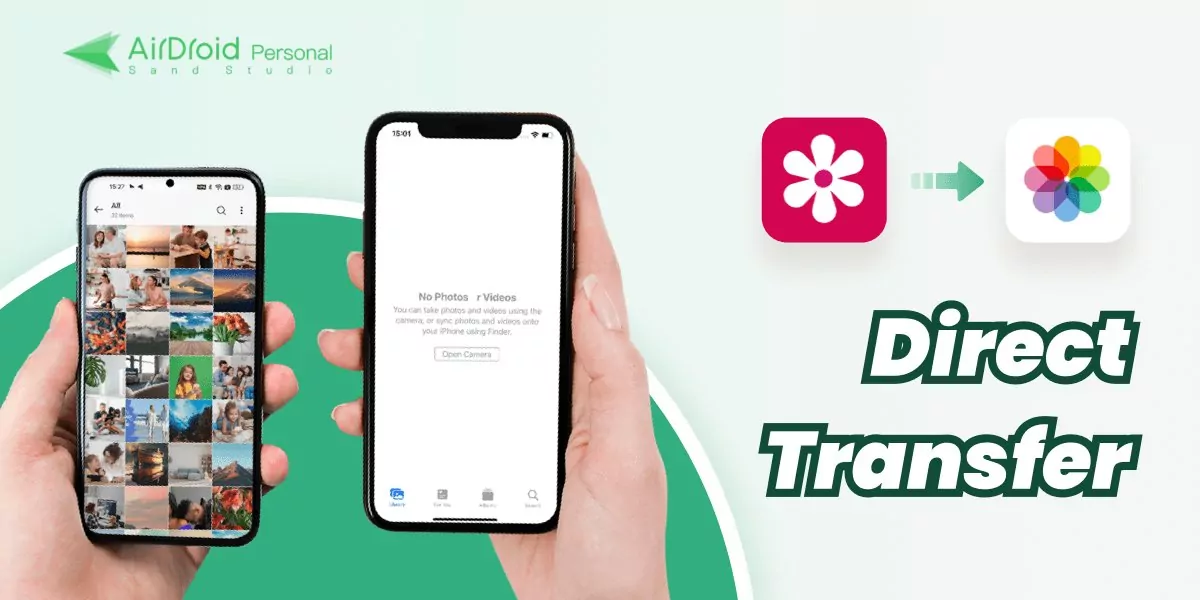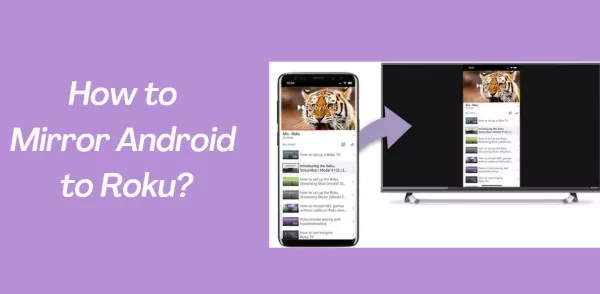How to Choose a Phone Charger [2025]
Selecting the perfect phone charger may seem straightforward, but it is much more than just picking the cheapest one on the rack. Using the wrong charger can not only slow down the charging speed of your phone but it can also cause complete battery damage and it can even pose a fire hazard. Whether looking for a quick replacement for a lost charger or deciding to upgrade to something quicker and safer, this guide explains how to choose a phone charger for Android and iPhone.

Part 1: Common Types of Phone Chargers
There are two basic types of phone chargers — wired and wireless. Each type has pros and cons depending on your phone, usage, and how quickly you're looking to charge it.
| Charger Type | Example | Pros | Cons | Use Case |
|---|---|---|---|---|
| USB-A to Micro-USB | Older Android devices | Cheap, widely available | Slow, outdated | Backup or older phones |
| USB-A to USB-C | Newer Android devices | Faster than Micro-USB | Needs specific cable | Daily use for modern phones |
| USB-C to USB-C | Samsung, Google Pixel | Very fast, supports PD charging | Charger block must also support PD | Fast charging for new Android phones |
| USB-C to Lightning | Newer iPhones | Fast charging with correct adapter | Must be MFi certified for safety | Daily charging for iPhone 8 and up |
| Wall Charger (AC) | Home charging | Most stable and safe | Not portable | Charging at home or office |
| Car Charger (DC) | In-car charging | Great for travel | Depends on vehicle power output | Road trips, daily commute |
| Qi Wireless Charger | All Qi-supported devices | No wires, easy to use | Slower than wired, phone heats up | At desk or nightstand |
| MagSafe Charger | iPhone 12 and newer | Magnetic alignment, stable connection | Works best with MagSafe-supported cases | Apple users who prefer wireless charging |
Part 2: Key Factors When Choosing a Phone Charger
When it’s time to buy a phone charger, don’t just focus on the price tag. Here’s what really matters:
Wattage
The higher the wattage, the faster your phone can charge, if it is compatible. The majority of phones charge within the 10W to 25W range, while select models such as the Samsung S24 Ultra or Xiaomi 13 Pro can hit 45W and upward. You must always use a charger with the same wattage as your supported phone.
Ports
Need to power up more than a single device? Choose chargers with several ports (USB-A, USB-C). If you've got a family or are heading off on a road trip, dual or triple-port chargers are ideal.
Fast Charging Standards
Different phones use different fast-charging systems. Here are a few you’ll see:
- USB Power Delivery (USB-PD): Works with iPhones, Pixels, and recent Samsung models.
- Qualcomm Quick Charge (QC): Found on many Android devices.
- SuperVOOC, TurboCharge, WarpCharge: Designed for OPPO, Realme, and OnePlus phones.
Pick a charger that supports the fast-charging standard your phone uses to get the quickest fill-up.
Safety Certifications
Always choose chargers that have safety certifications like UL, CE, FCC, or RoHS. These labels mean the charger passed tests and is safe to use.
Brand Matters
Go with brands you trust, like Anker, Belkin, Aukey, or the original charger from the manufacturer of your phone. Don’t use a cheap, no-name charger. It might work initially, but it could ruin your phone or catch fire.
Cable Quality
A bad cable will ruin even the best charger. Use cables authorized for the proper type of charger and compatible with phone chargers such as USB-C or Lightning. A decent cable is one that can handle the same charging speed that your charger and your phone can support.
Size and Portability
There is a variety of wall chargers. If you are frequently on the go, opt for a compact, portable charger with foldable prongs that can easily slip into your bag.
Price
You don’t need the cheapest option, but it’s also not smart to spend a fortune. Mid-range chargers from trusted brands usually give you the best mix of price and safety.
Still wondering, “What type of phone charger do I need?” Just check your phone model, the fastest charging speed it supports, and the type of cable that came in the box, and choose accordingly.
Get Rid Of the Phone Temptation?
Try using AirDroid 's focus mode! This focus mode can only be turned off after the set time or by a parent, ensuring you stay on track until the task is done.
Part 3: How to Choose a Phone Charger for Android
When picking a charger for your Android phone, first check which charging standards your phone actually supports.
- Samsung phones have USB-C ports and work with USB-PD and PPS (Programmable Power Supply) for very fast charging speeds.
- Xiaomi, OPPO, OnePlus, and Huawei use their own fast charging tech, like SuperVOOC and WarpCharge, which deliver the best results with their original chargers.
Tips
- Go for a USB-C to USB-C cable for modern Android devices, and pair it with a charger that supports USB-PD or Quick Charge.
- If your charger has a USB-A port, make sure the cable you use is rated for fast charging; otherwise, the speed will drop.
Part 4: How to Choose a Phone Charger for iPhone
All iPhones from iPhone 8 and newer can fast-charge. The iPhone 15 and newer models use USB-C, while older ones use the Lightning port.
- For fast charging, get a USB-C to Lightning cable and a USB-C charger rated at 20 watts or more.
- Always choose MFi-certified cables to make sure you get safe, fast charging speed.
Fake Lightning cables can overheat, stop working, or harm your device. MFi-certified chargers and cables help protect your battery and keep your iPhone safe.
Part 5: How to Choose a Wireless Charger
Wireless chargers are great for anyone who wants an easy way to charge their phone without messing around with cables every time.
Qi Chargers
Most Android phones and all iPhones from the iPhone 8 onward support Qi wireless charging, which is the universal standard. That means you can use the same charger for different brands.
- Charging speed varies (typically 5W–15W).
- Ideal for overnight or desk use, not for quick top-ups.
MagSafe Chargers
MagSafe is Apple’s magnetic wireless charging solution for iPhone 12 and newer. It offers some nice extras:
- Magnets make it easy for the charger to line up perfectly with your iPhone.
- MagSafe can push up to 15W of power for a faster charge.
- For the best experience, use a MagSafe-compatible case.
If you’re an iPhone user and want the ease of wireless charging without giving up speed, a MagSafe charger is the way to go.
Bonus Tip: When to Charge a Cell Phone
A lot of people wonder when to charge a cell phone. A smart rule of thumb is to keep your battery between 20% and 80%. Going all the way to 0% or charging up to 100% too often can wear the battery down over time.
Most modern phones have built-in battery protection, but sticking to that 20% to 80% range can stretch your battery’s life a little longer.
Conclusion
Picking the right phone charger is simpler than it seems. Start by checking the charging speed, the type of port, and the safety standards your phone needs. After that, you can easily choose a charger that fits. Whether you have an iPhone, a Samsung, or any other Android, the charger you select affects how long your battery lasts and how hassle-free your daily routine is.















Leave a Reply.